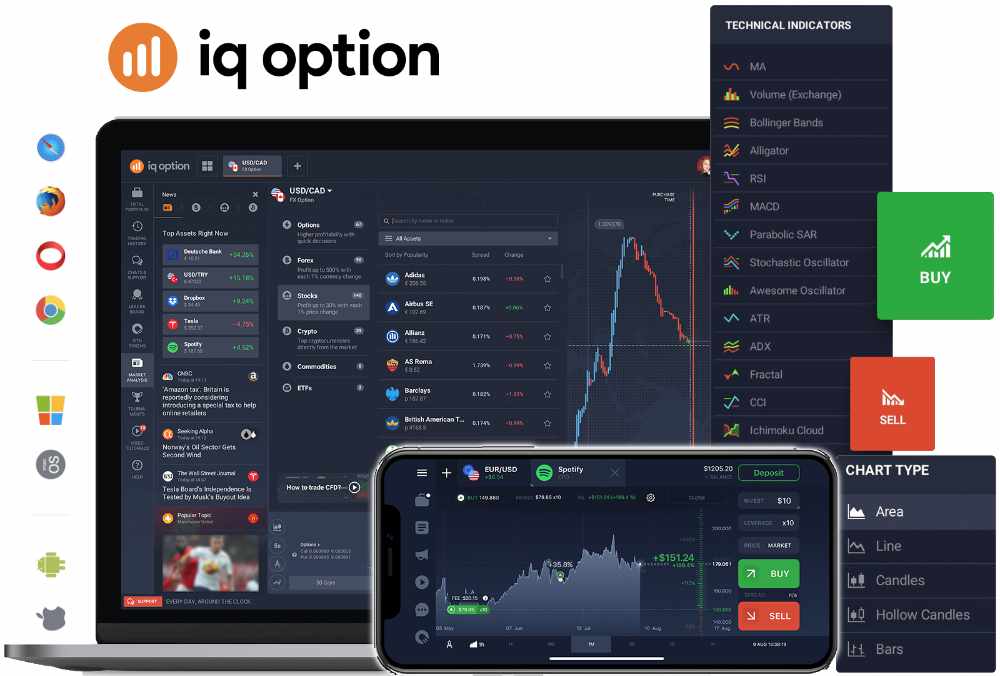Fractal Indicator Secrets for Stock & Forex Daytrading
Daytrading in the stock and forex markets can be a challenging endeavor, requiring traders to make quick decisions based on a multitude of signals and patterns. Among the various technical analysis tools at their disposal, the fractal indicator stands out for its unique ability to identify potential trend reversals. In this article, we will delve into the secrets of the fractal indicator and how it can be leveraged for successful day trading in the stock and forex markets.
Understanding the Fractal Indicator
The fractal indicator is a technical analysis tool developed by the famous trader and author, Bill Williams. It is designed to identify recurring patterns in price charts, which are known as fractals. These fractals are essentially patterns that occur on all time frames, making them useful for traders looking to enter or exit positions at the most opportune moments.
What is a Fractal?
A fractal in trading is a pattern that consists of five consecutive bars or candlesticks, where the middle one is the highest (in an uptrend) or the lowest (in a downtrend) and is flanked by two lower highs or higher lows on each side. This pattern is thought to signal a potential reversal or pause in the trend.
How the Fractal Indicator Works
The fractal indicator marks these patterns on the price chart, usually with an arrow above or below the middle candlestick. Traders use these signals to identify potential turning points in the market. While fractals can occur frequently, not all are considered equally significant. The key is to use fractals in conjunction with other indicators and analysis methods to filter out the noise and focus on the most promising signals.
Applying Fractal Indicator in Daytrading
Daytrading with the fractal indicator involves several strategies that can help traders capitalize on short-term price movements. Here are some ways to incorporate fractals into your trading strategy:
Combining Fractals with Other Indicators
Fractals can provide valuable insights when used in combination with other technical indicators. For instance, aligning fractal signals with moving averages or the alligator indicator (also developed by Bill Williams) can help confirm the strength of a trend or reversal. Additionally, oscillators like the Relative Strength Index (RSI) or the Stochastic can be used to gauge whether the market is overbought or oversold at the time of a fractal signal.
Fractal Breakout Strategy
One popular approach is the fractal breakout strategy. This involves entering a trade when the price breaks through the high or low of the fractal pattern. A breakout above the high of an up-fractal or below the low of a down-fractal can signal the continuation of a trend or the start of a new one.
Fractal Reversal Strategy
Another strategy is to look for fractal reversals, which occur when a fractal pattern forms against the prevailing trend. This can be an indication that the current trend is losing momentum and may be about to reverse. Traders might wait for additional confirmation, such as a moving average crossover or a change in momentum on an oscillator, before entering a trade.
Managing Risk with Fractals
While fractals can be powerful tools, they are not foolproof. It’s essential to manage risk effectively when using fractals in daytrading. Here are some tips:
- Always use stop-loss orders to limit potential losses. A common method is to place a stop-loss just beyond the opposite end of the fractal pattern.
- Adjust your position size according to the level of risk. Smaller positions may be warranted in more volatile market conditions.
- Be patient and wait for strong fractal signals that align with other indicators and market conditions.
Real-World Examples of Fractal Indicator Success
While specific case studies and user testimonials are beyond the scope of this article, it’s worth noting that many successful traders incorporate fractals into their trading systems. They often combine fractals with trend analysis, support and resistance levels, and other forms of technical analysis to increase their probability of success.
Limitations of the Fractal Indicator
Despite its usefulness, the fractal indicator has limitations that traders must be aware of:
- Fractals can generate false signals in choppy or sideways markets.
- They are lagging indicators, meaning they are based on past price data and may not always predict future movements accurately.
- Fractals alone do not provide information about the strength or duration of a trend.
It’s crucial for traders to use fractals as part of a broader trading strategy rather than relying on them exclusively.
Conclusion: Harnessing the Power of Fractals in Daytrading
In conclusion, the fractal indicator is a versatile tool that can enhance a day trader’s ability to spot potential trend reversals and continuations in the stock and forex markets. By understanding how fractals work and integrating them with other technical analysis methods, traders can improve their decision-making process and potentially increase their success rate. However, it’s important to remember that no indicator is perfect, and risk management should always be a top priority. By respecting the strengths and limitations of the fractal indicator, traders can harness its power to gain an edge in the fast-paced world of daytrading.





 How to trade FX options? (01:44)
How to trade FX options? (01:44) How to trade CFD? (00:49)
How to trade CFD? (00:49) How to trade binary options*? (01:22)
How to trade binary options*? (01:22) Forex. How to start? (01:01)
Forex. How to start? (01:01)